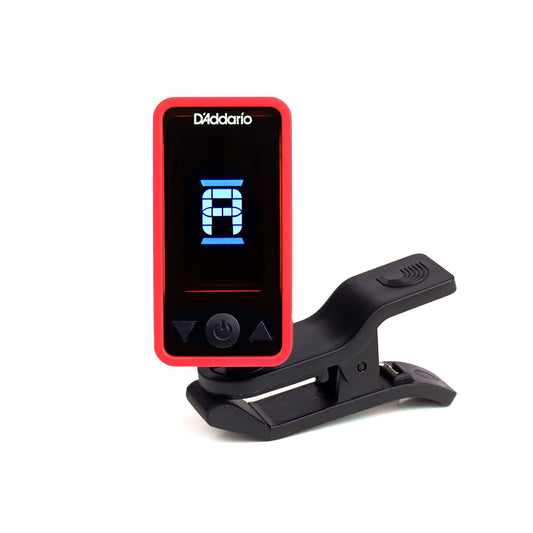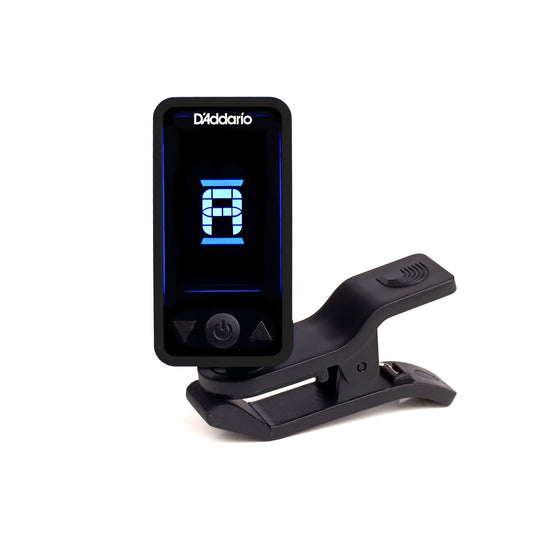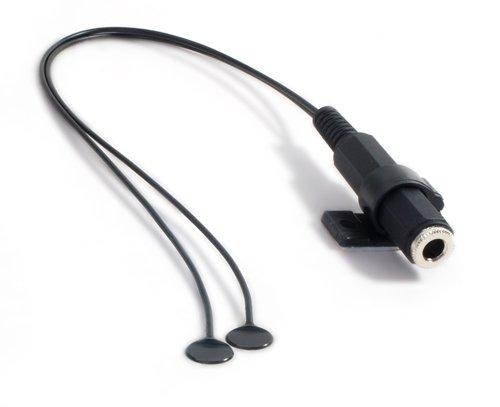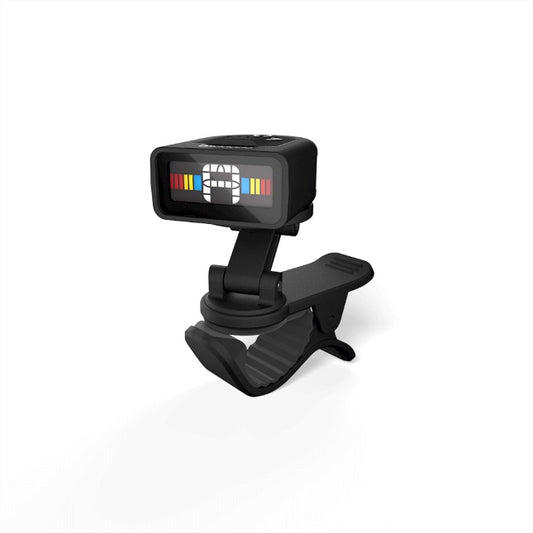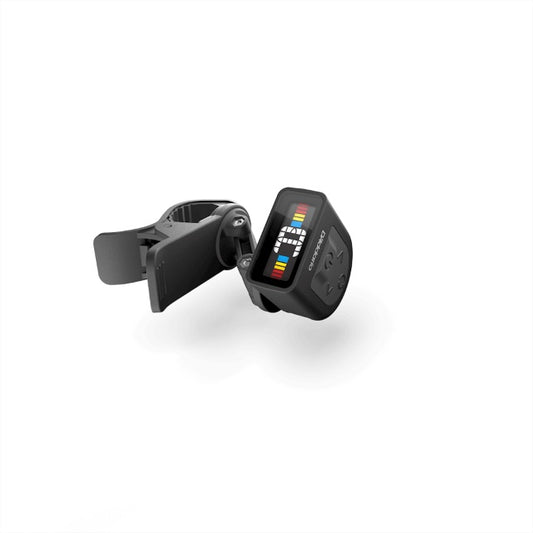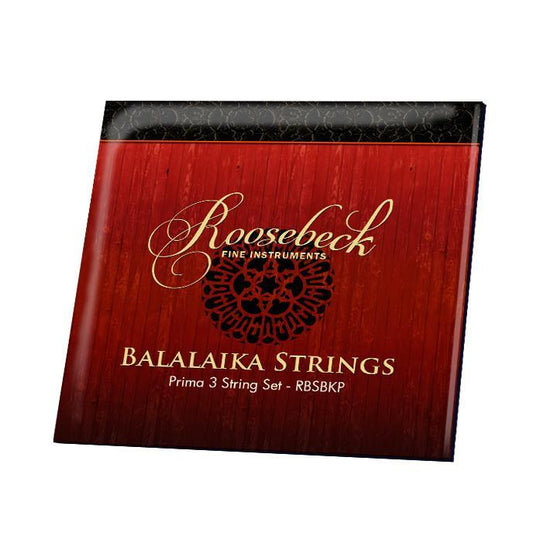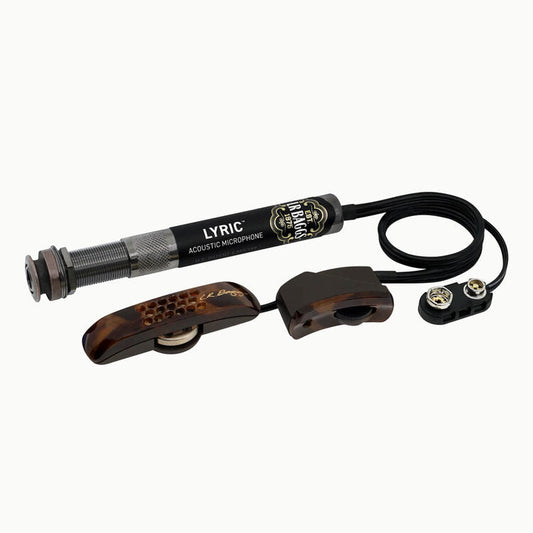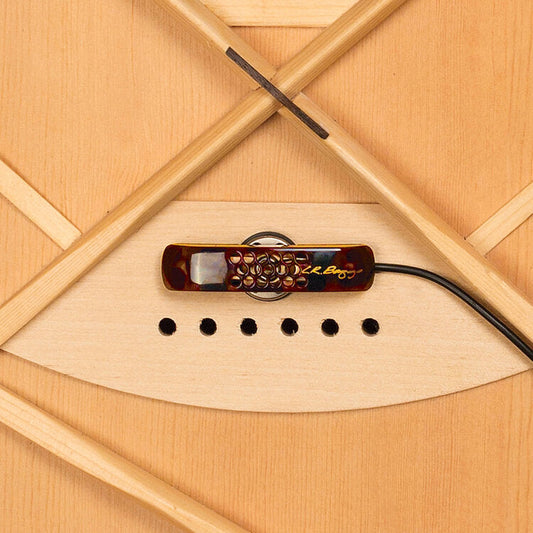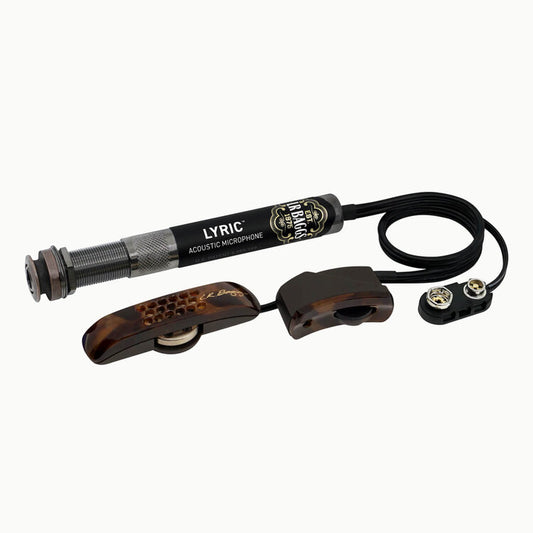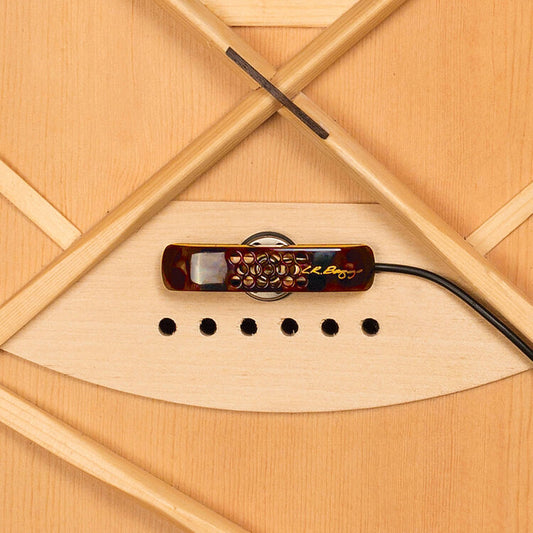Roosebeck
Roosebeck Deluxe Prima Balalaika, Walnut Stave Body
Roosebeck Deluxe Prima Balalaika, Walnut Stave Body
SKU:BLLPDW
Couldn't load pickup availability
Discover the rich history and exquisite craftsmanship of the Balalaika Prima, a musical instrument that embodies the spirit of Russian culture. Measuring approximately 27 inches in length with a scale length of 430 mm, this balalaika features a classic triangular shape and a beautifully crafted walnut stave construction. The strings are tuned above middle C to A, E, E, offering a unique sound that resonates with both joy and melancholy. Perfect for both beginners and seasoned musicians, this instrument includes a gig bag and pick for your convenience. Elevate your musical journey with the Balalaika Prima today.
Historically, the balalaika has evolved from the Oriental dombra and has been a significant part of Russian folklore. Its ability to transition from happiness to sadness has made it a beloved instrument among the Russian people. In the late 19th century, Vassily Vassilievich Andreyev transformed the balalaika from a folk instrument to a concert staple, introducing it to audiences worldwide. Whether you're a collector or a musician, the Balalaika Prima is a timeless piece that adds cultural depth to any collection. Don't miss the opportunity to own a piece of musical history.
Features:
- Classic triangular shape with walnut stave construction
- Tuned to A, E, E for a distinctive sound
- Includes gig bag and pick for easy transport
Share
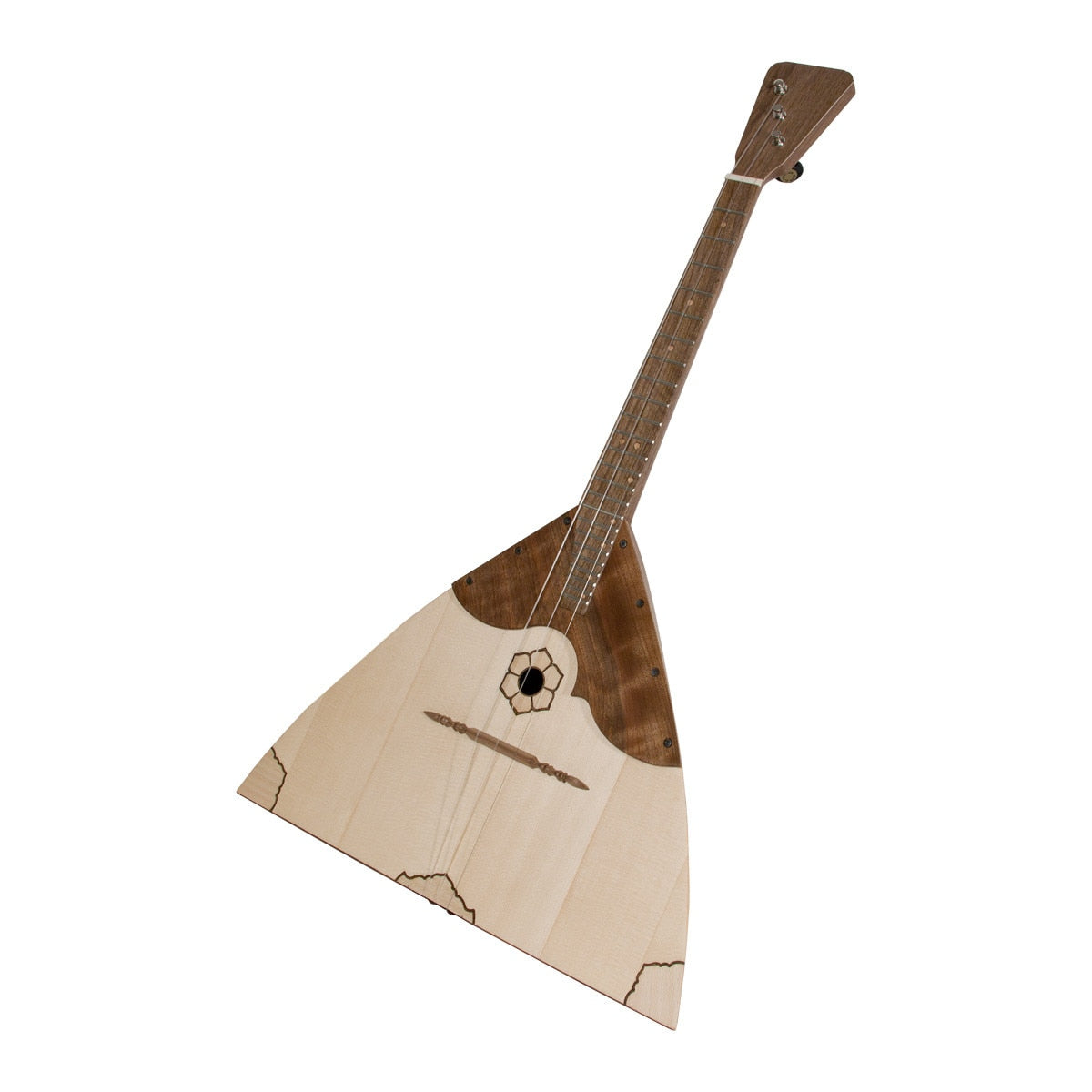
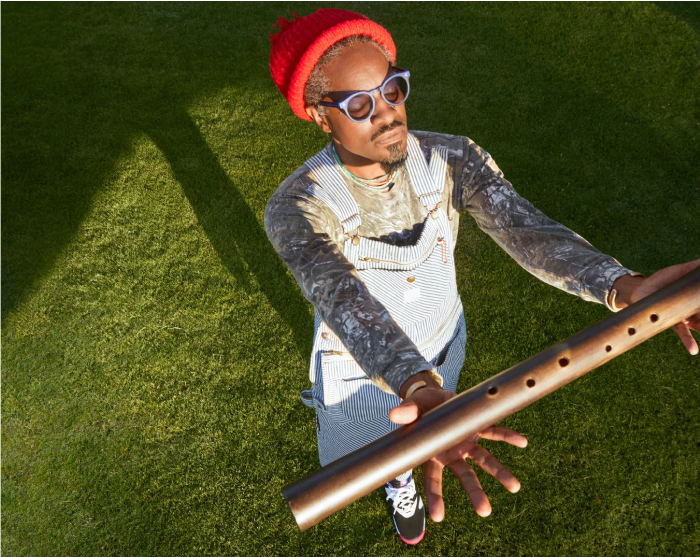
Look Out For Our Unique Instruments In Andre 3000's New Album
Andre 3000 found inspiration in our one-of-a-kind instruments to create the groundbreaking sounds of his newest album.
Accessories
More-
D'Addario Planet Waves Eclipse Headstock Tuner
SKU: TUN034r
Regular price $17.99Regular priceUnit price / per -
D'Addario NS Micro Headstock Tuner
SKU: TUN032
Regular price $19.99Regular priceUnit price / per -
K&K Twin Spot Classic Pickup
SKU: PIC001
Regular price $69.00Regular priceUnit price / per -
D'Addario MICRO UNIVERSAL TUNER Chromatic Headstock Tuner with Discreet Universal Clip
SKU: TUN038
Regular price $21.99Regular priceUnit price / per -
Roosebeck Prima Balalaika String Set
SKU: RBSBKP
Regular price $11.90Regular priceUnit price / per -
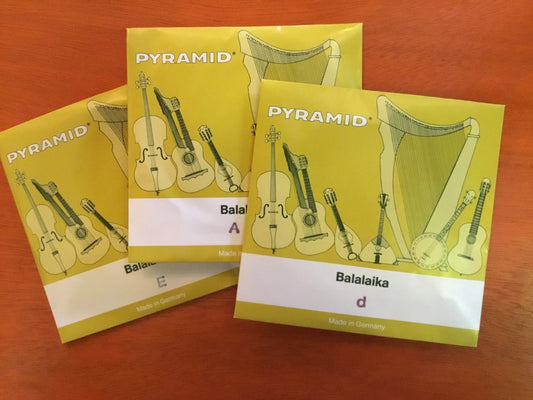 Sold out
Sold outBalalaika Bass String Set
SKU: mis176
Regular price $25.95Regular priceUnit price / per -
Lyric-C Acoustic Guitar Microphone, Nylon Strings
SKU: PIC027
Regular price $229.00Regular priceUnit price / per -
Lyric Acoustic Guitar Microphone, Steel Strings
SKU: PIC026
Regular price $229.00Regular priceUnit price / per
- Choosing a selection results in a full page refresh.
- Opens in a new window.
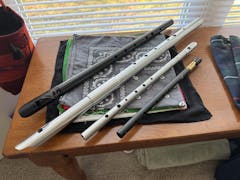
This chieftain ain’t bad. I would say situated in between intermediate and professional grade. A little bit thick but not too thick. I’m happy with this purchase
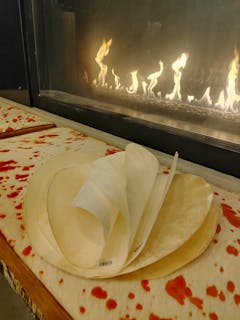
The skins are as beautiful as can be expected. I'll be using them for canvas in an art project in 2026. I'll be a returning customer.

I bought this 30 inch frame drum about 3 years ago (2022 I think) for use in drum circles and also for recording. It’s incredible! I wanted a drum that people could not just hear, but also feel. This one fulfills that promise very powerfully, so I call it the Boneshaker. I’ve gotten a ton of compliments about it at drum circles. It helps to hold the rhythm together very well. By playing the drum harmonics, I can find at least 3 tones to it, more depending on how I tune it. I’ve had dozens of drums and over a hundred percussion instruments over the years, but this is in the top 1% of my all time favorites. I even painted the head and it’s beautiful! Everyone at the drum circles loves it.

I bought this bodhran after I broke my more decorative one while protesting. I’m one of four women who are Drumming for Democracy every week at our local Saturday protest.

The DG-255 I received from Lark in the Morning was easily as beautiful as presented. The padded gig bag is a huge plus as well.
The guitar is a solid and has a bigger, more forward sound than I'd anticipated which suits me just fine. It plays easily, surely even more so after I have a guitar tech get it set up for me.
Nice people, excellent service, quick shipping. Nothing not to like here.


